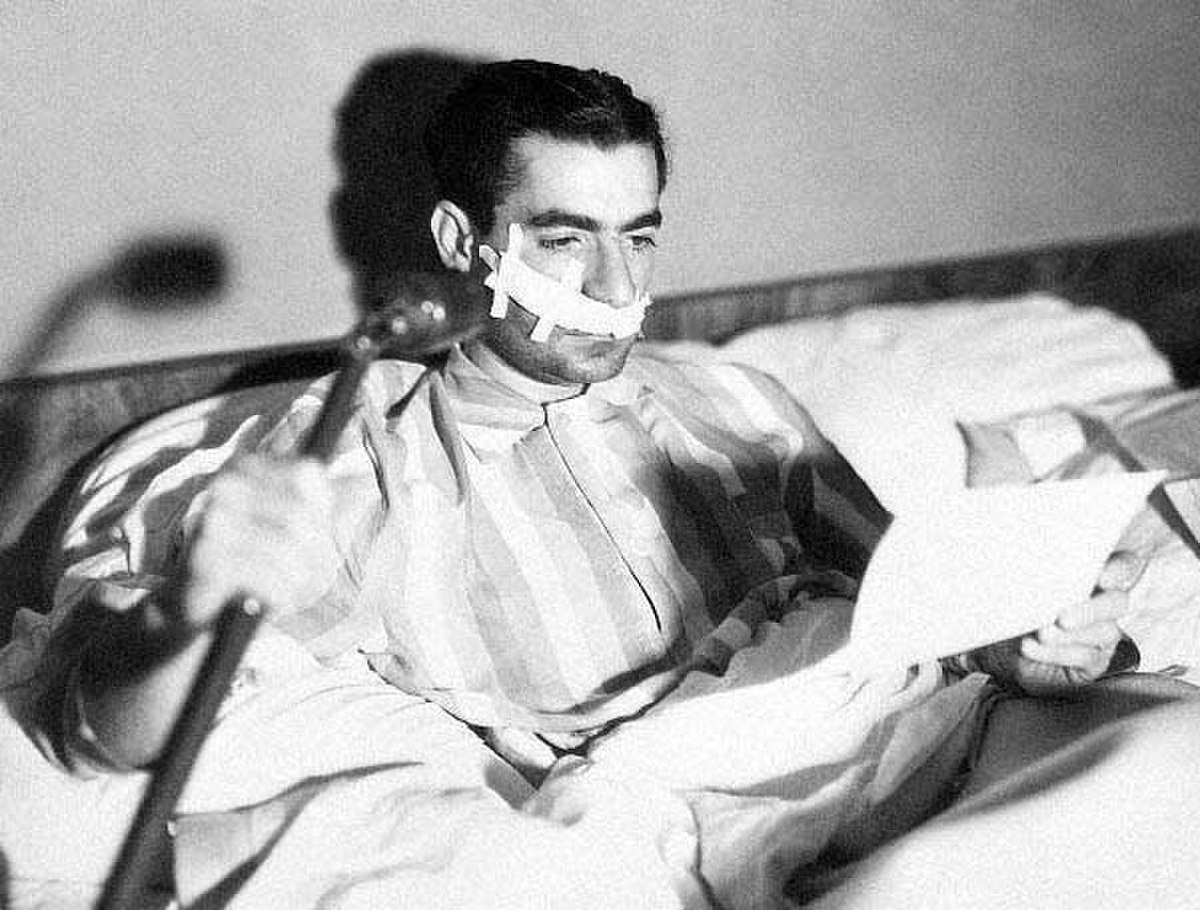
Iran under Mohammad Reza Pahlavi
IranMohammad Reza Pahlavi's reign as the Shah of Iran, spanning from 1941 to 1979, represents a significant and complex era in Iranian history, marked by rapid modernization, political upheaval, and social change. His reign can be divided into distinct phases, each characterized by various political, economic, and social dynamics.
The early years of Mohammad Reza Shah's rule were overshadowed by World War II and the subsequent occupation of Iran by Allied forces. During this period, Iran faced significant political turmoil, including the forced abdication of his father, Reza Shah, in 1941. This period was a time of uncertainty, with Iran grappling with foreign influence and internal instability.
In the post-war era, Mohammad Reza Shah embarked on an ambitious modernization program, heavily influenced by Western models. The 1950s and 1960s witnessed the implementation of the White Revolution, a series of reforms aimed at modernizing the country's economy and society. These reforms included land redistribution, women's suffrage, and the expansion of education and health services. However, these changes also led to unintended consequences, such as the displacement of rural populations and the rapid urbanization of cities like Tehran.
The Shah's rule was also marked by his increasingly autocratic style of governance. The 1953 coup, orchestrated with the assistance of the CIA and the British MI6, which reinstated him after a brief overthrow, significantly strengthened his position. This event was a turning point, leading to a more authoritarian regime, characterized by the suppression of political dissent and the marginalization of opposition parties. The SAVAK, the secret police established with the help of the CIA, became infamous for its brutal tactics in suppressing opposition.
Economically, Iran experienced significant growth during this period, largely fueled by its vast oil reserves. The 1970s saw a surge in oil revenues, which the Shah used to finance ambitious industrial projects and military expansions. However, this economic boom also led to increased inequality and corruption, contributing to societal discontent.
Culturally, the Shah's era was a time of significant transformation. The promotion of Western culture and values, alongside the suppression of traditional and religious practices, led to a cultural identity crisis among many Iranians. This period witnessed the rise of a Western-educated elite, often disconnected from the broader population's traditional values and lifestyles.
The late 1970s marked the decline of Mohammad Reza Shah's rule, culminating in the Islamic Revolution of 1979. The revolution, led by Ayatollah Ruhollah Khomeini, was a response to decades of autocratic rule, socio-economic inequality, and cultural Westernization. The Shah's inability to effectively respond to the growing unrest, exacerbated by his health issues, ultimately led to his overthrow and the establishment of the Islamic Republic of Iran.
